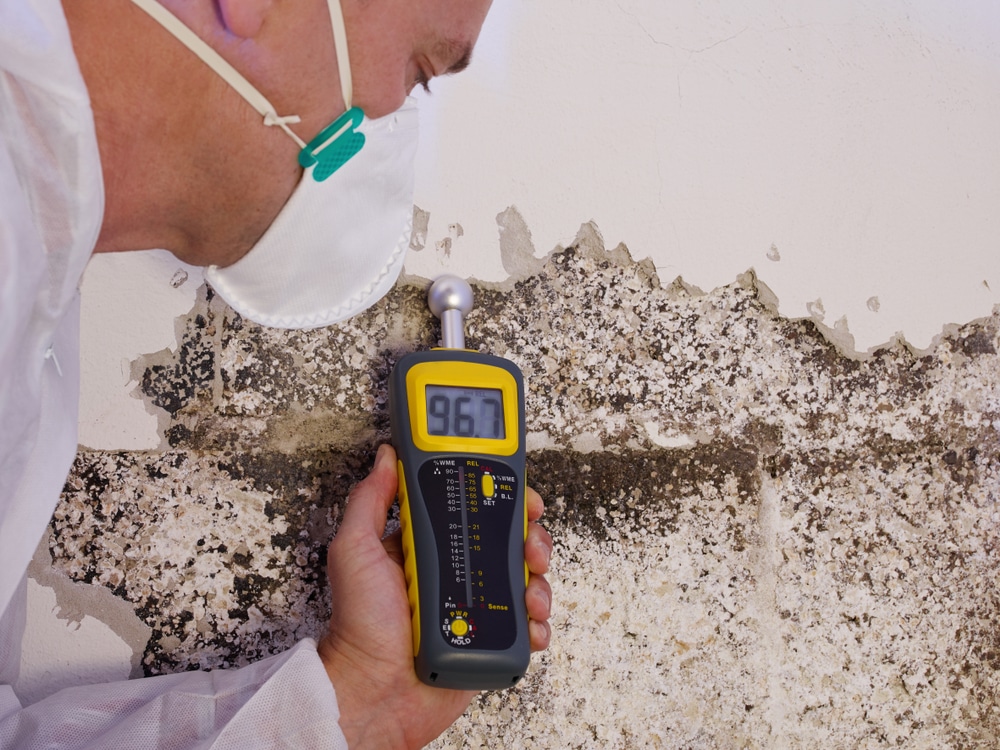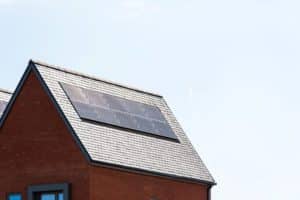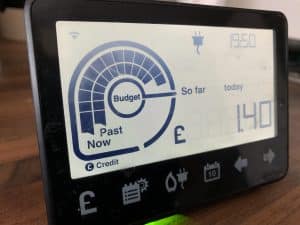Moisture risk is a common problem in dwellings and can lead to a whole host of problems. Here we outline how to assess your moisture accumulation and how much is too much.
It’s crucial that people are aware of ideal room temperatures and moisture levels in their home – something that is often overlooked can actually lead to major issues: both for your health and your home.
A home with high moisture levels can result in the corrosion of metal components, decayed timber, damp damage and mould growth. Mould, in particular, comes with an enormous, flashing red cross above it. It can lead to serious health problems, including respiratory infections, asthma and even malaise.
So, how can you be sure that your home doesn’t have high moisture risk? And, if it does, how can you tackle it?
What is considered a ‘high’ moisture level?
The temperature and the amount of moisture are the basis for how much moisture exists in the air. Typically, you’ll find this measured 0 to 10%. Researchers suggest that an average moisture level will typically range between 50 to 60% indoors with a desirable temperature between 19°C to 24°C. It’s worth noting that the moisture level will be impacted by:
- Weather
- Location
- Different activities performed in the home; ie cooking, bathing, cleaning, drying clothes, ironing
Therefore if a moisture test shows that your levels and temperature are teetering outside of expected levels, you could be showing abnormally high moisture levels. The impact can be considerable, with the risk of damage to your property (resulting in pricey repairs) and even worse, the health of you and your family.
Warning signs of high moisture levels.
You can often visually spot a property with high moisture levels. Start off by scanning the surfaces in your home – window condensation, for example, is a strong sign that your moisture levels are too high. In addition, any spaces with glass surfaces (bathrooms and kitchens, for example) would display these tell-tale signs.
You may also notice wet stains, peeling paint, mould and flaking wallpaper.
A visual test around the surfaces of your home is one of the easiest ways to find out. Window condensation is easily visible and can be found anywhere such as the bathroom, the kitchen and any areas containing glass surfaces. Another sign of high moisture is finding wet stains, mould, peeling paint and wallpaper.
Look out for any wall or ceiling damage, as well as mould in HVAC systems and a mildew-like, musty smell on furniture and surfaces.
Once you have spotted the warning signs, you will want to get a moisture test done to analyse your situation. The easiest way to measure your indoor humidity level is by using a hygrometer. A hygrometer is a device that works as an indoor thermometer and humidity monitor, showing you your current score and whether it is above or below average.
RELATED: 5 TIPS FOR ENVIRONMENTALLY RESPONSIBLE CONSTRUCTION
How can you keep moisture out of your home?
The best way to keep moisture out of a home is in the design phase – this is why it’s so important that builders take moisture risk into account during the initial stages of a project. Just some of the ways to achieve this are:
- Adequate air flow throughout the entire property
- Good levels of ventilation, in particular, high humidity rooms such as bathrooms and kitchens
- Exceptional insulation correct for the construction type and building location
- Sealing all water sources
- Good air tightness
- Correct installation of vapour bariers
- Good construction detailing
RELATED: 5 KEY AREAS TO CONSIDER FOR AIR TIGHTNESS
Unfortunately, if the problem already exists then you’re going to have to firefight it. Luckily, there are plenty of ways to lower your moisture levels, including:
- Turning on the extractor fan during showers
- Moving furniture away from external walls
- Installing a dehumidifier
- Drying clothes outside
- Closing kitchen and bathroom doors
- Wiping down cold surfaces
- Opening windows when warm outside
- Ensure your home heating is fit for purpose
It’s worth noting that too little moisture can also be dangerous. Low moisture equates to low humidity, which can cause static electricity, dry skin and hair, increased susceptibility to colds and respiratory illness and can also produce breeding grounds for viruses and germs. From the perspective of your home, it can also lead to wood floors, furniture, and millwork splitting and cracking, chipped paint, and electronics becoming damaged because of low humidity levels.
The answer? Balance. Always. And that’s something we can help you with.
At Buildpass, we take a holistic view of your entire home or construction project. We then produce facts, figures and findings that show you how you can make your dwelling more sustainable, comfortable and healthy.
Find out more by booking a free consultation. Our team would love to hear from you.




















